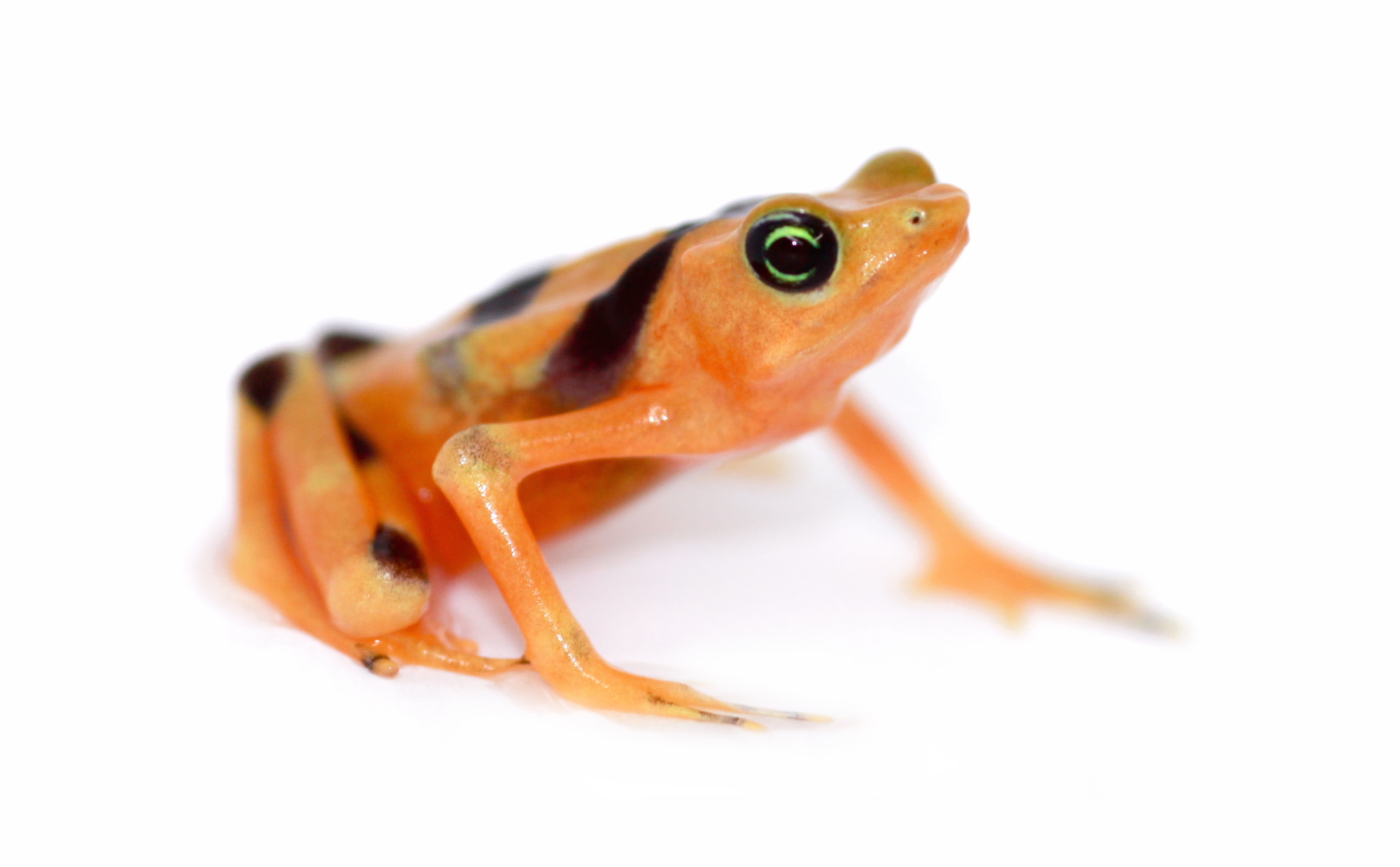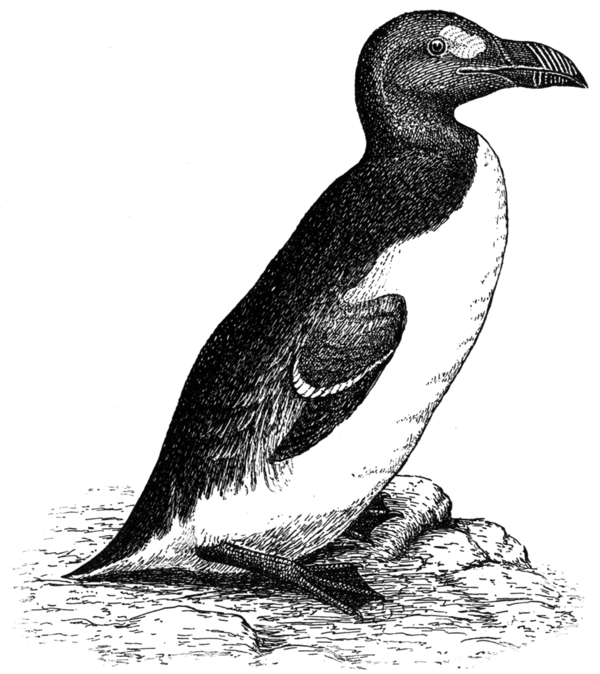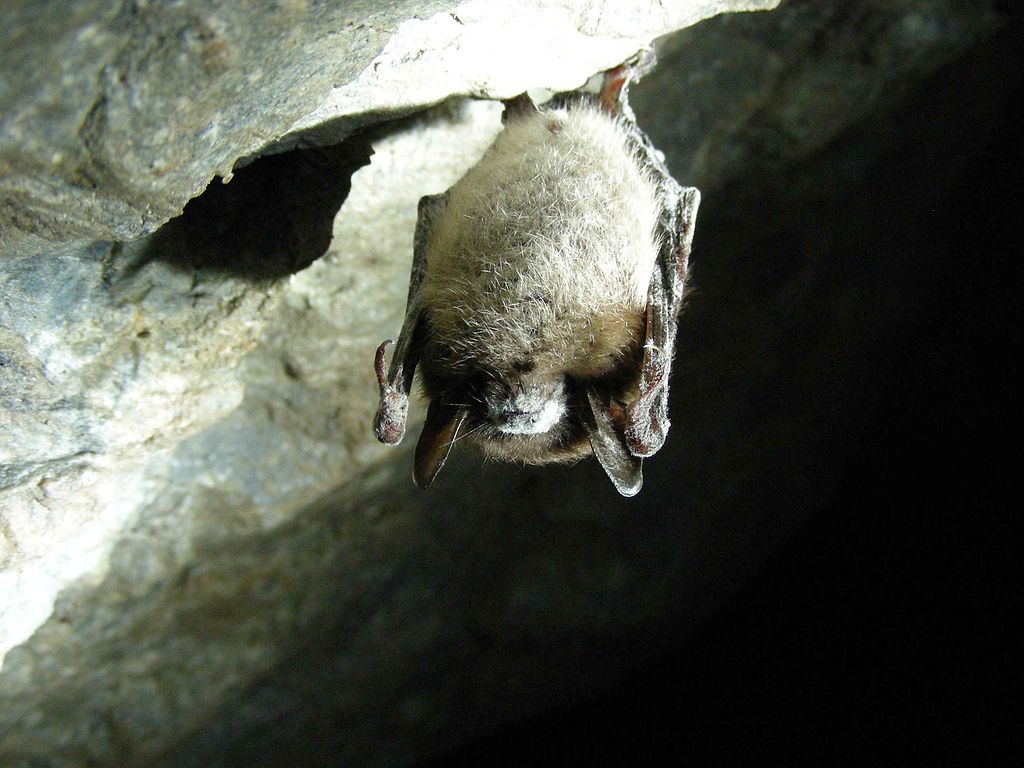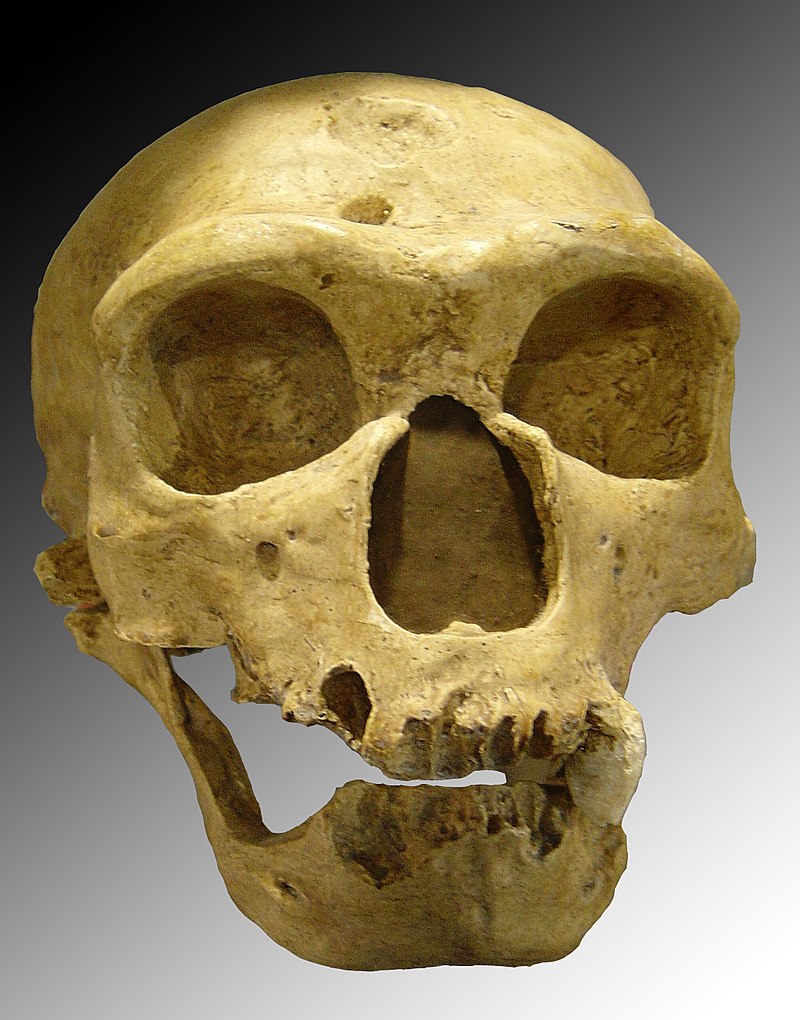
The Panamanian Golden Frog, photographed here by Brian Gratwicke (CC BY 2.0, image via Wikimedia), have been nearly wiped out due to Batrachochytrium dendrobatidis, a species of chytrid fungi (pp. 4-22).

The Great Auk, seen here in a woodcut (public domain, via Wikimedia), was killed off by humans in the mid-19th century (pp. 47-69).

The coral reef, seen here in a photograph titled "Colonias de Acropora millepora en la Gran Barrera de Arrecifes de Australia" by Petra Lundgren, Juan C Vera, Lesa Peplow, Stephanie Manel and Madeleine JH van Oppen (CC BY 4.0, via Wikimedia), has been badly hurt by the increased acidity of the ocean (pp. 125-147)

The little brown bat of North America, seen here in a photograph by Moriarty Marvin, U.S. Fish and Wildlife Service (public domain, via Wikimedia), has seen a great reduction in population due to the fungus Geomyces destructans, a species of fungus introduced somehow from Europe (pp. 193-216).

The Sumatran rhino, photographed in the Sumatran Rhino Sanctuary, Way Kambas, Sumatra, Indonesia, by Willem v Strien (CC BY 2.0, via Wikimedia), has been brought close to extinction by deforestation and poaching (pp. 217-235).

The Neanderthal species of human, seen here in a photo by Luna04 (CC by 2.5, via Wikimedia, discovered in 1908 at La Chapelle-aux-Saints), was wiped out by early Homo sapiens (pp. 236-258). , was
